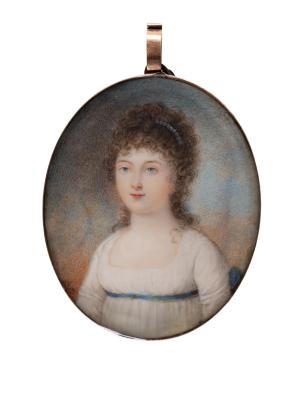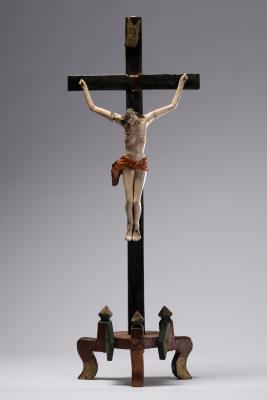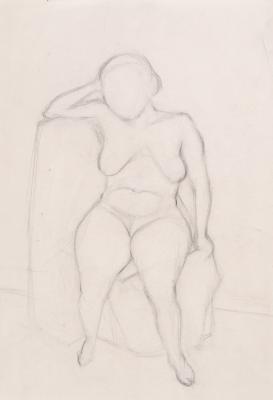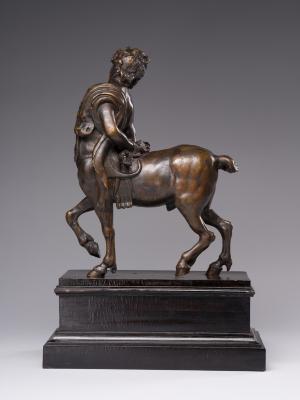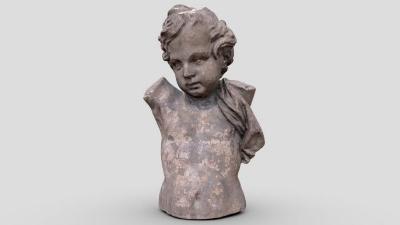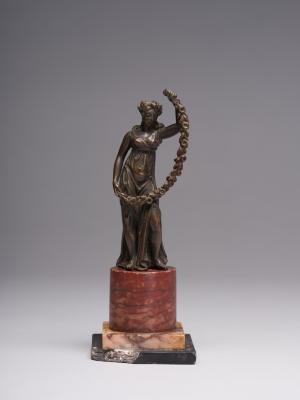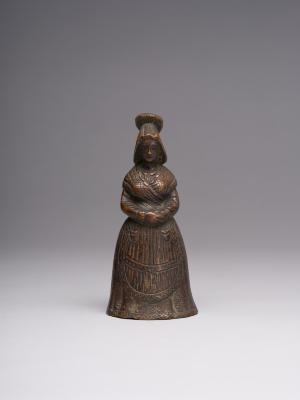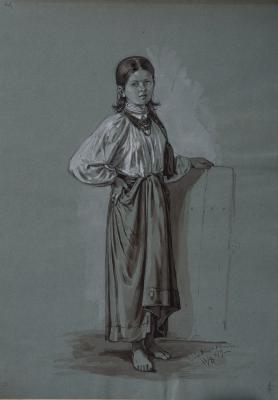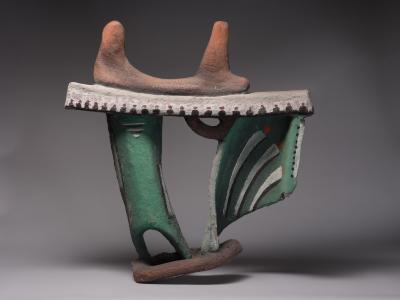Spring 1813
Wojciech Kossak
- ID
- Ж-928
- Author
- Wojciech Kossak
- Name
- Spring 1813
- Date of creation
- 1904
- Technique
- oil painting
- Material
- canvas oil
- Dimensions (height x width, cm)
- 148 x 272
- Type
- painting
- Genre
- history painting
- Plot
- Napoleonic Wars
- Provenance
- Collection of Lviv City Gallery
- Exposition
- Lozinski Palace






